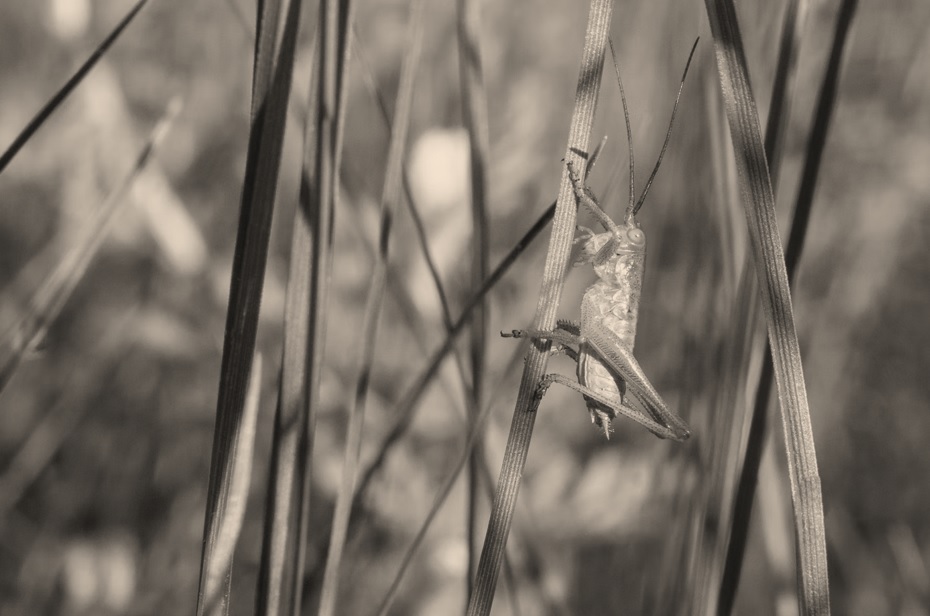
By Oregon State University Extension
In the summer of 2021, Oregon suffered its worst outbreaks of grasshoppers and Mormon crickets in 50 years. Light infestations – six to seven grasshoppers per square yard across 10 acres – will forage as much as one cow. When that increases to 17 grasshoppers per square yard across 40 acres, the pests consume roughly a ton of forage every day.
In Klamath County, grasshoppers were found at excessive rates, particularly in the Swan Lake and Sprague River areas, where grasshoppers were described as “carpeting the ground” and removed all standing forage from drought-stricken fields.
In response, Ian McGregor, Oregon State University Extension Service livestock faculty and assistant professor in the College of Agricultural Sciences, organized an outreach event for landowners, public land managers and agency employees. Participants learned efficient management strategies that would best promote economic and environmental sustainability. They heard about safety and legal concerns and came away with knowledge of tools that can predict grasshopper outbreaks.
As a result, all 42 attendees expressed eagerness to adopt the management strategies they learned, including strip-spraying or spraying only fence lines, practices which have similar levels of control as spraying whole properties. These methods would save land managers at least 50% on chemical and labor costs and equipment use, which typically costs $12-16 per acre. This represents a large savings for land managers in Sprague River and Swan Lake areas who are losing their entire forage to grasshoppers in drought years. Alleviating grasshopper pressure will allow more forage for livestock to graze and be harvested for the remainder of the growing season.
In addition to the information relayed, the event established a community-based management plan for grasshopper infestations. Because grasshoppers fly, management practices must be applied by all landowners at the same approximate time and before the insects have reached adulthood. Everyone at the meeting agreed to work with McGregor as he tracks 2022 growing degree days as a method to trace grasshopper development and know better when to apply pesticides. They will also let him know when they apply management efforts. Community members expressed a commitment to work together to get the best shot at mitigating grasshopper damage in Klamath County.
The Oregon Legislature authorized one-time funding of $5 million to help the Oregon Department of Agriculture fund additional staff and resources to combat the severe grasshopper season expected in 2022.
Disclaimer: Articles featured on Oregon Report are the creation, responsibility and opinion of the authoring individual or organization which is featured at the top of every article.

